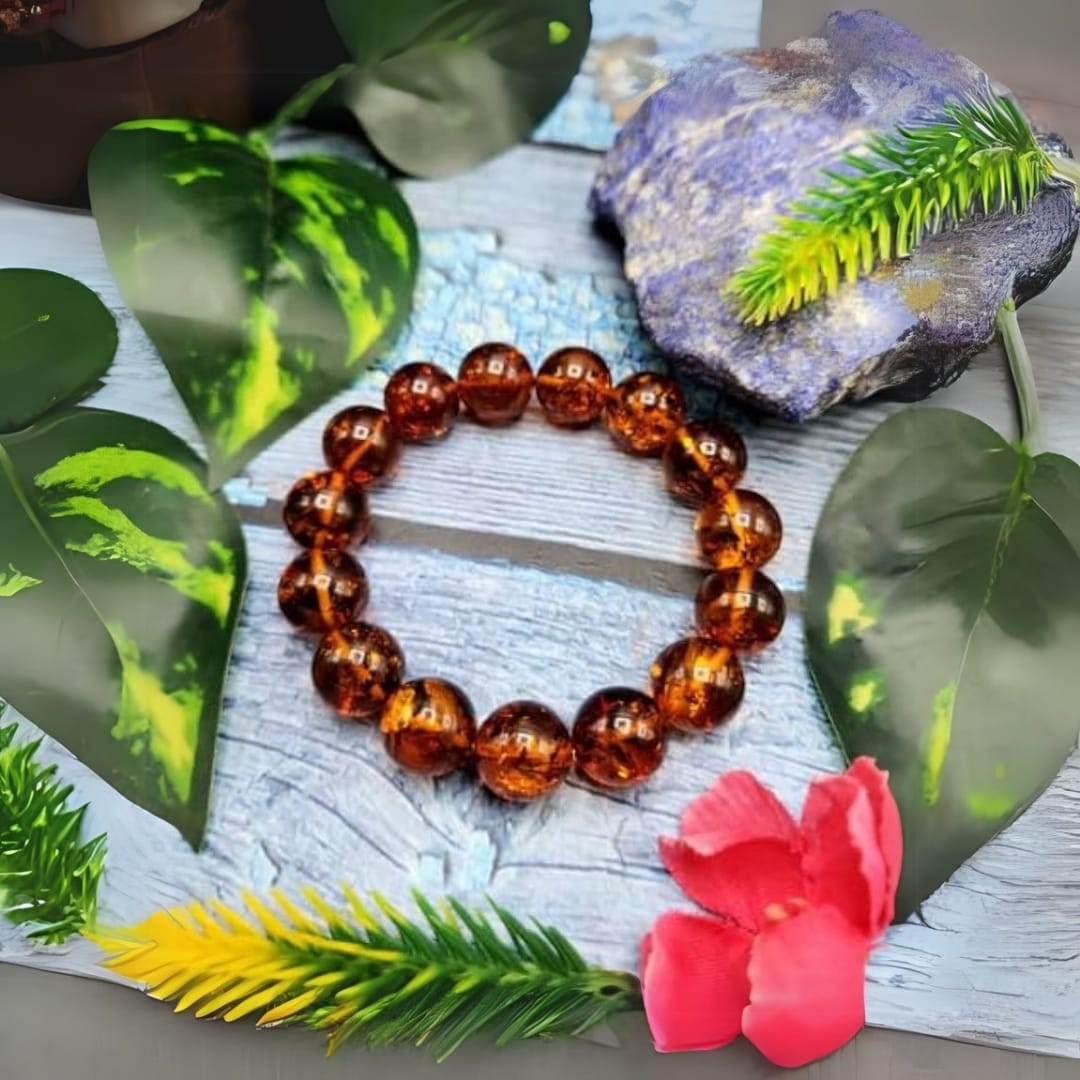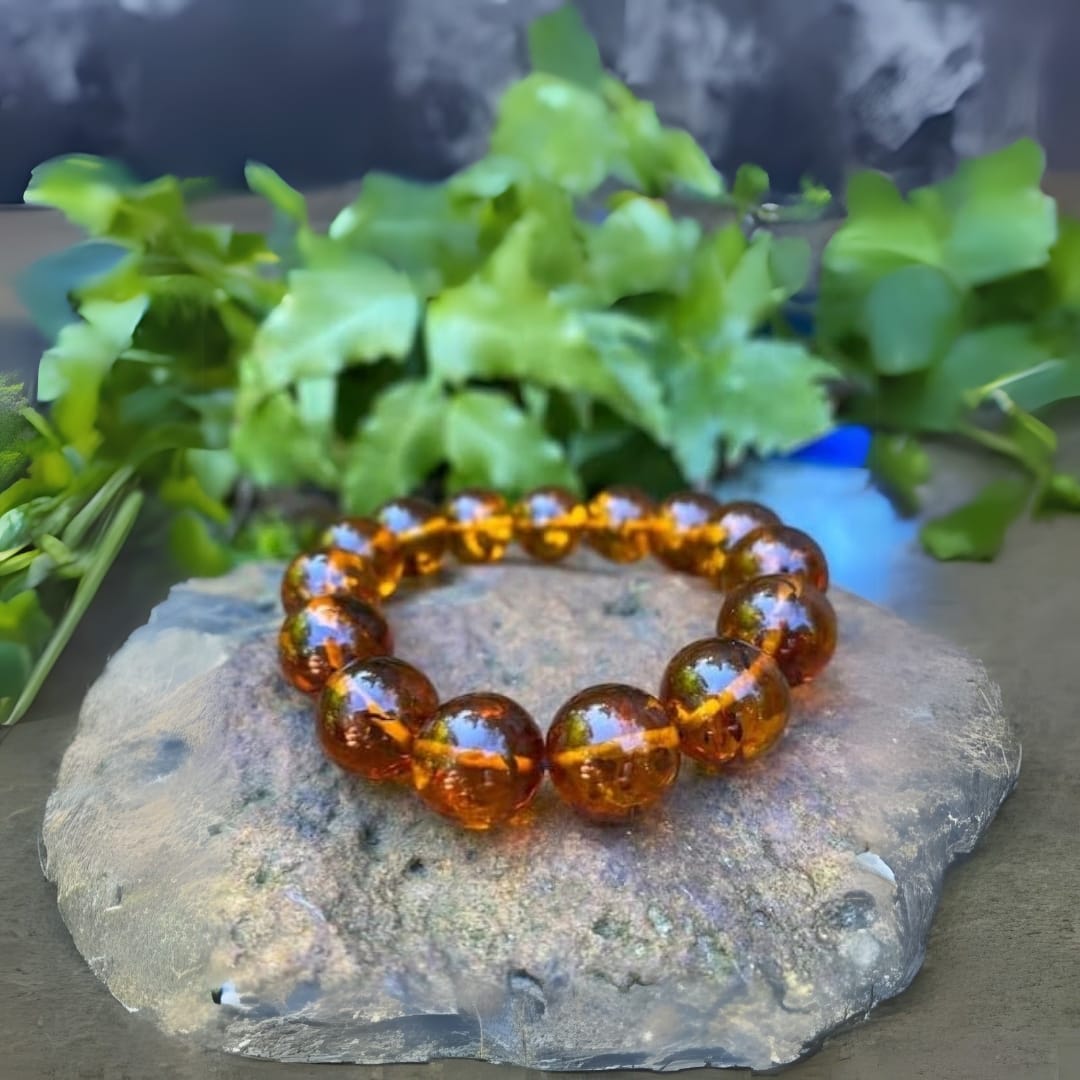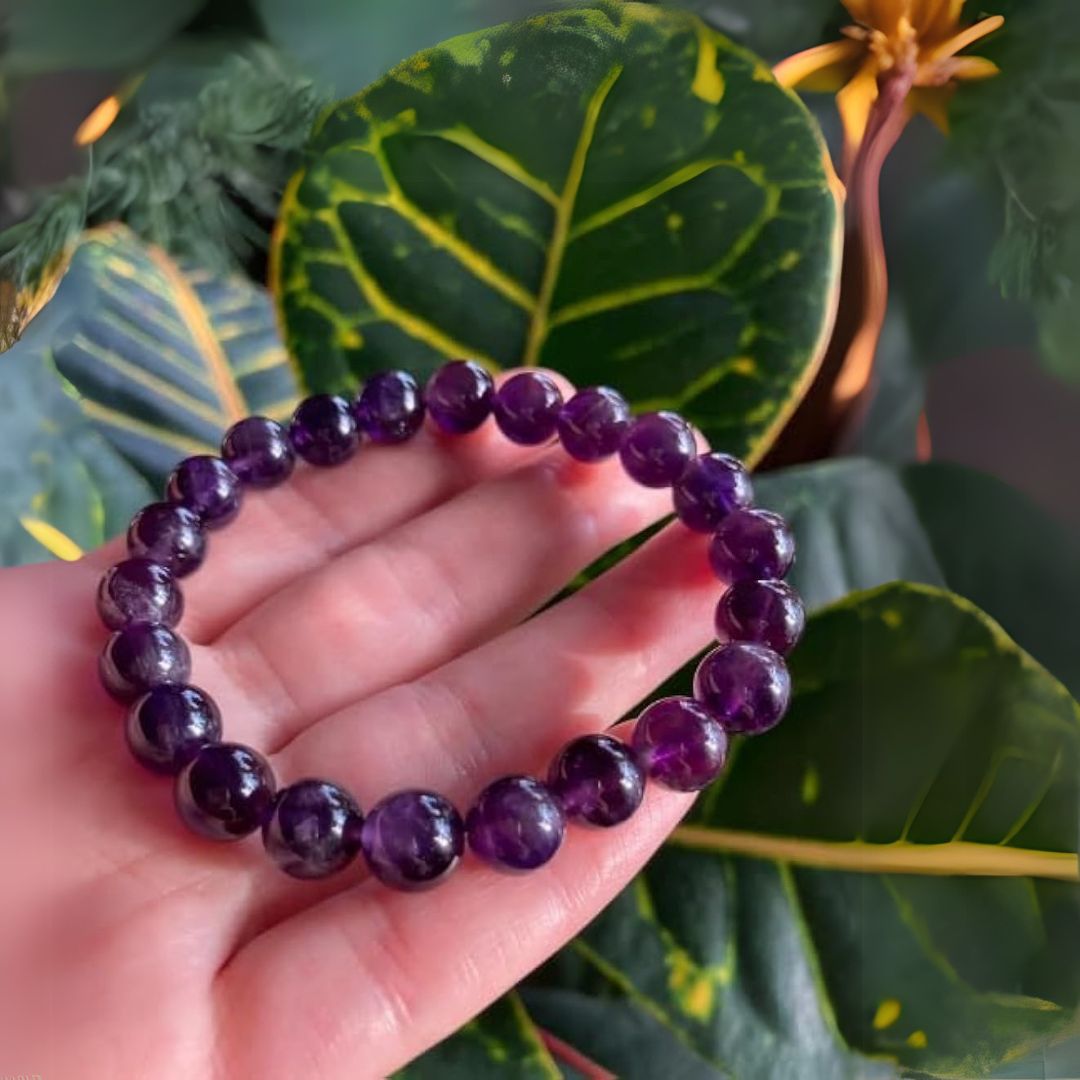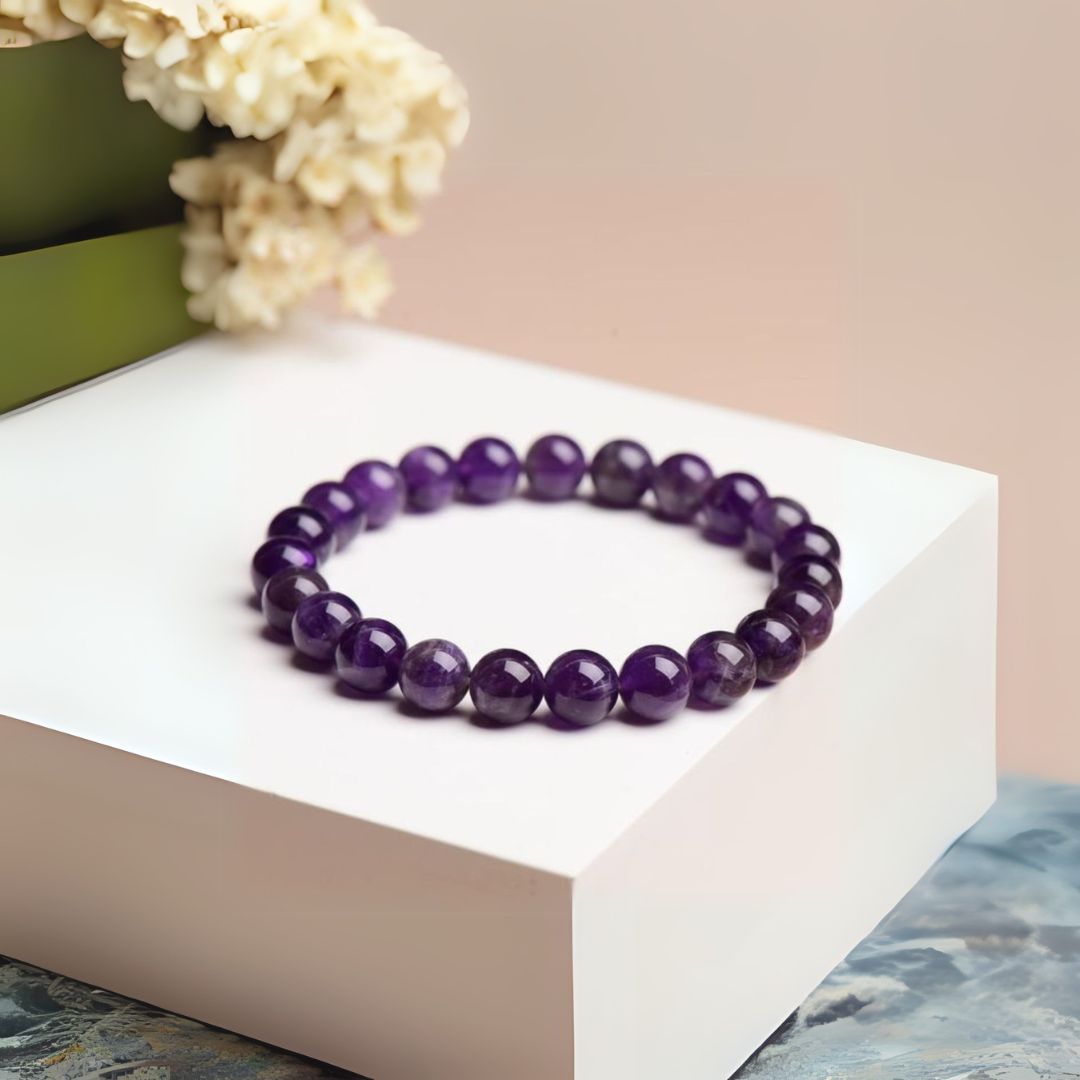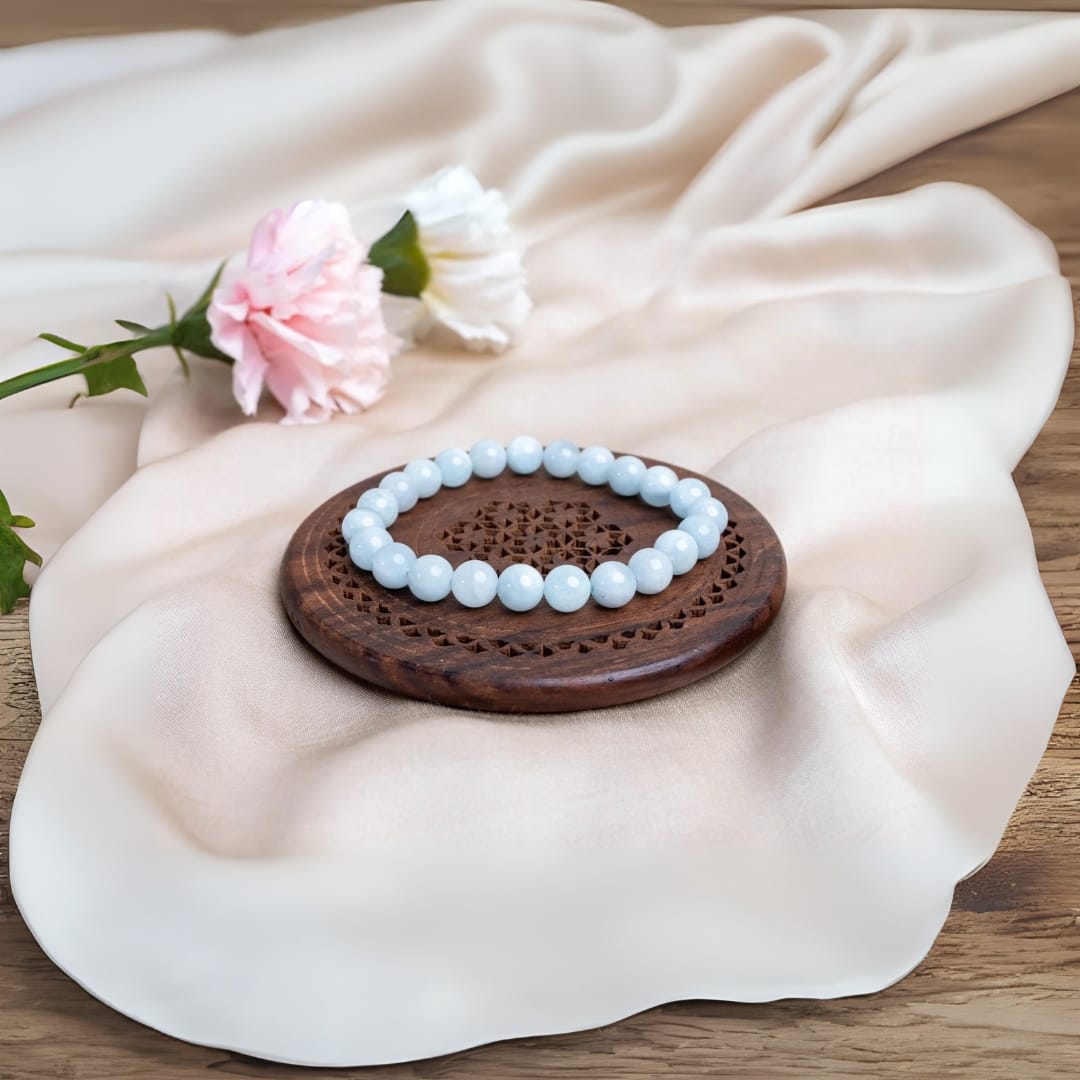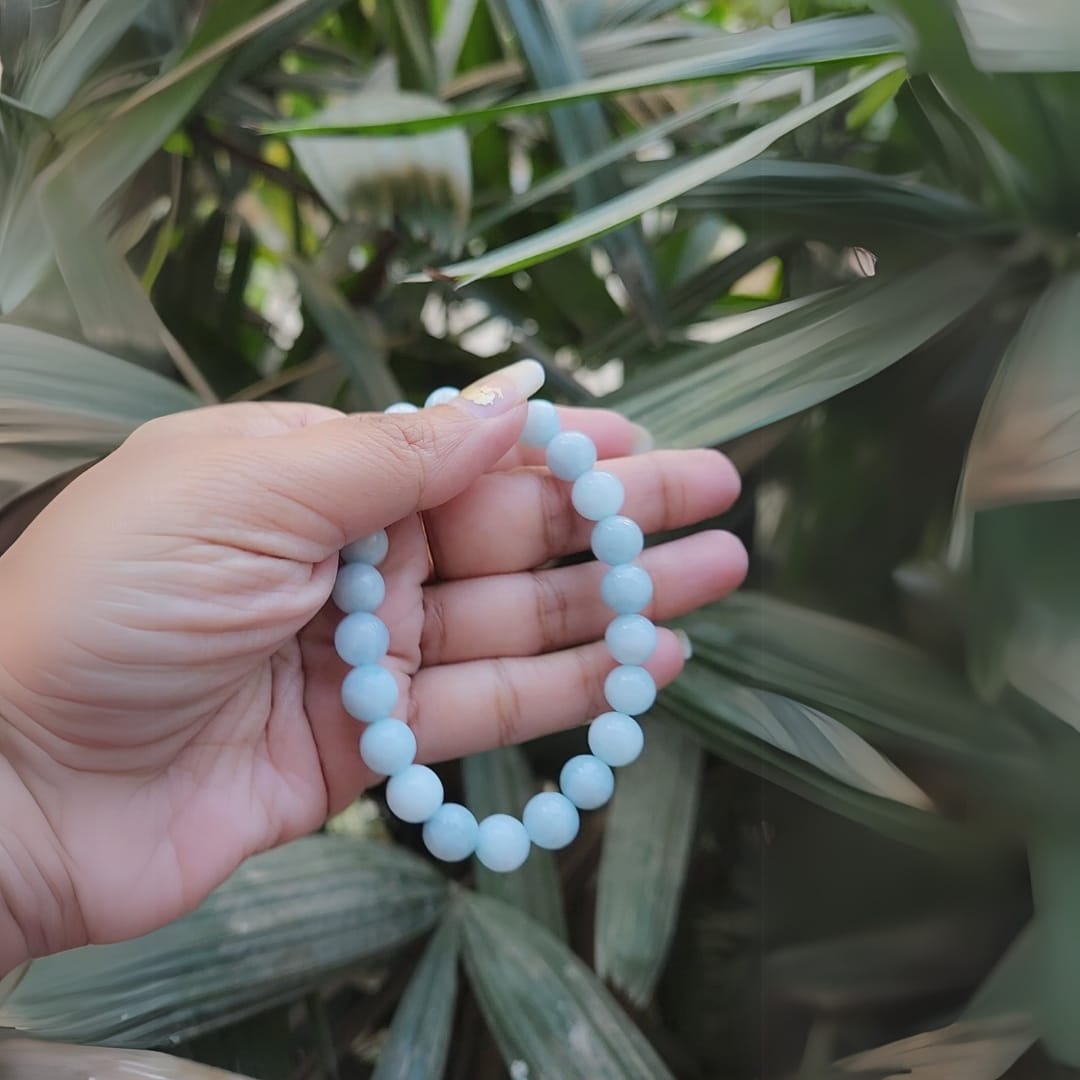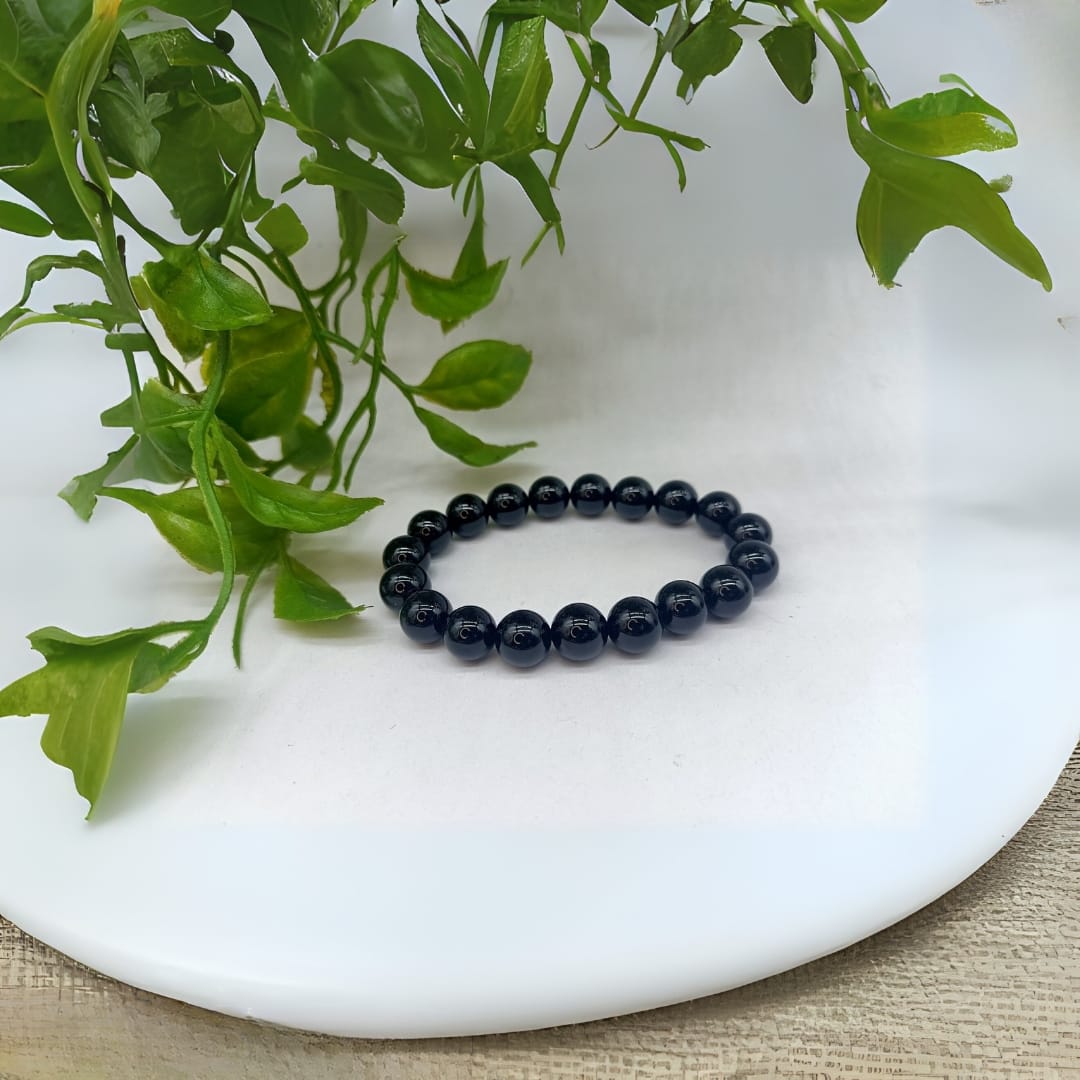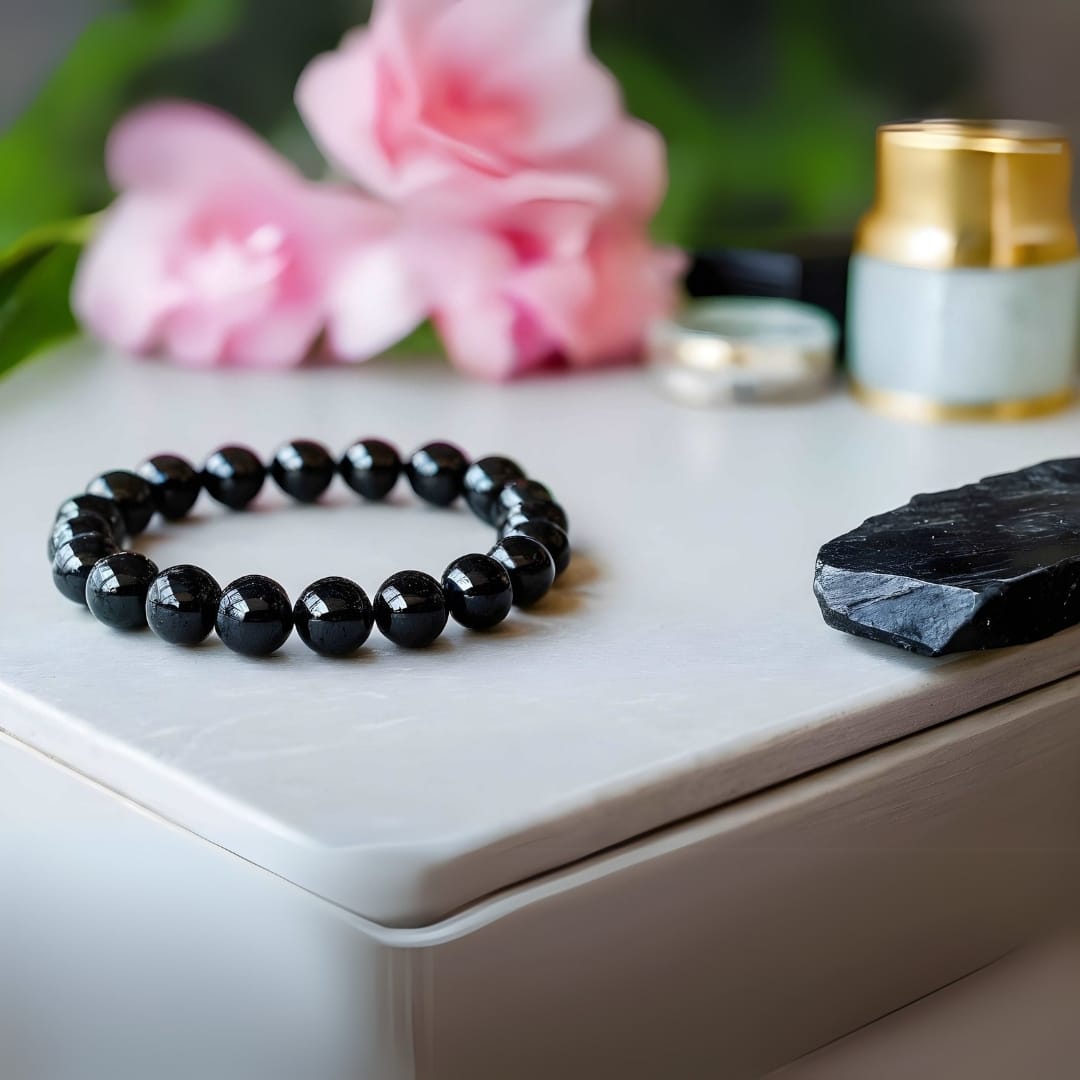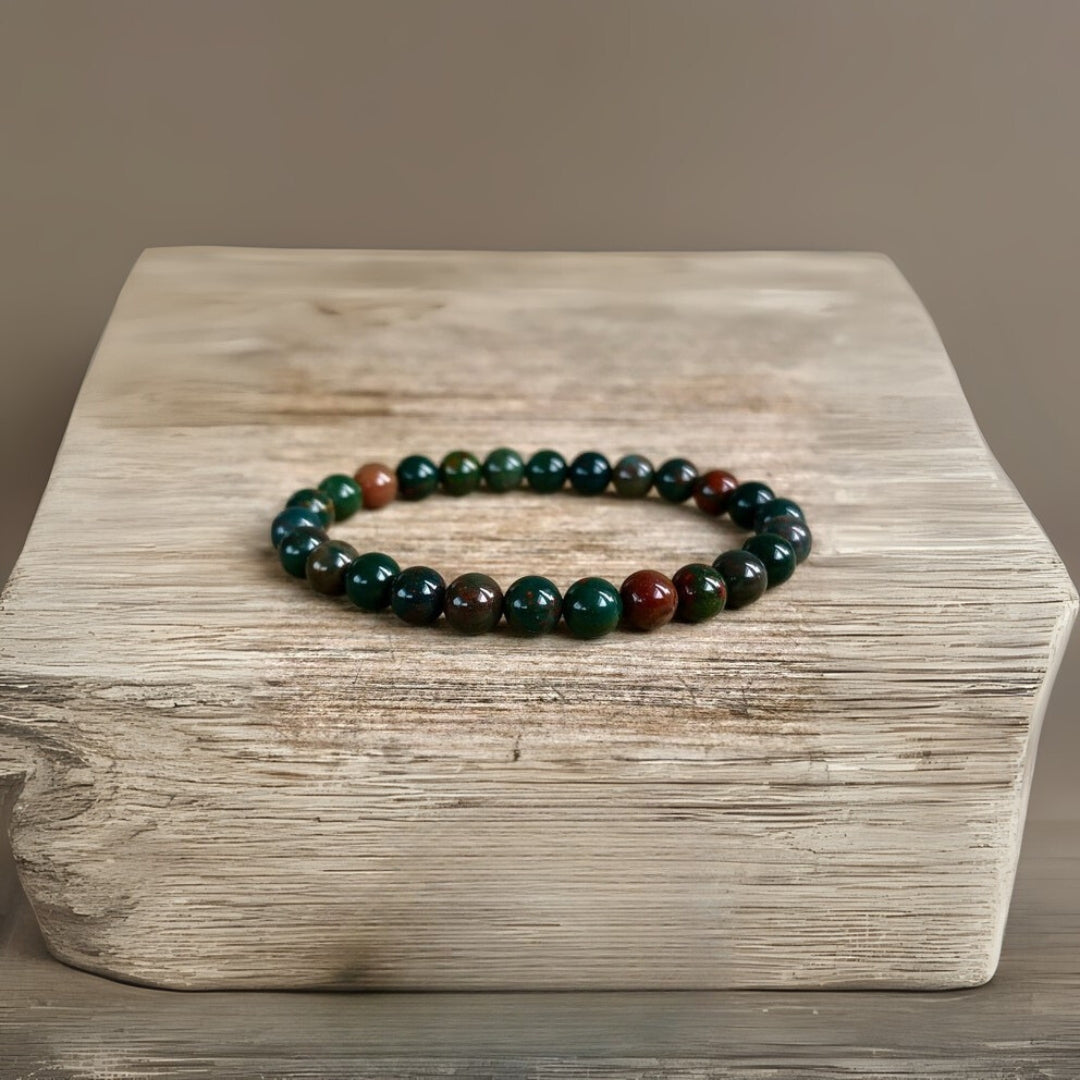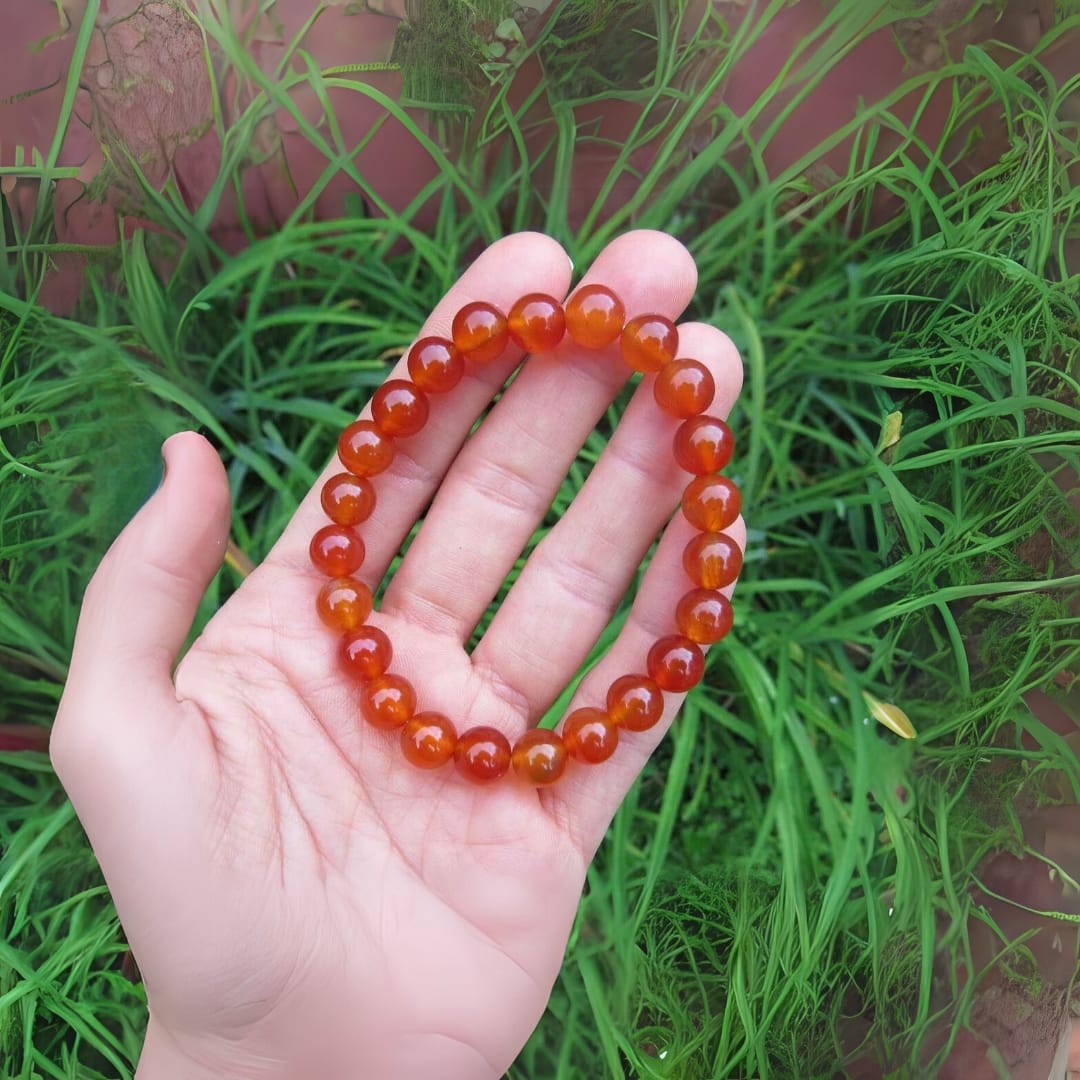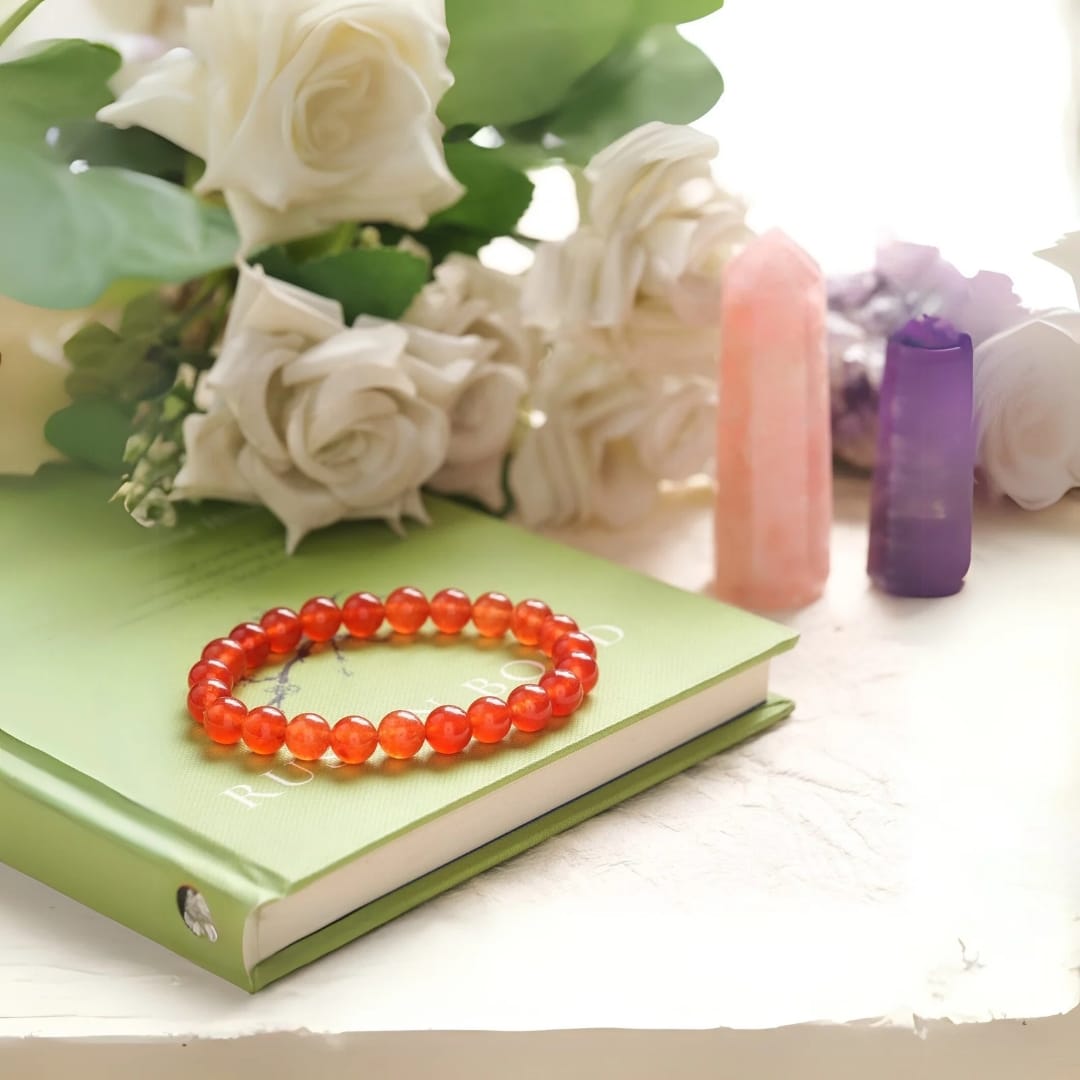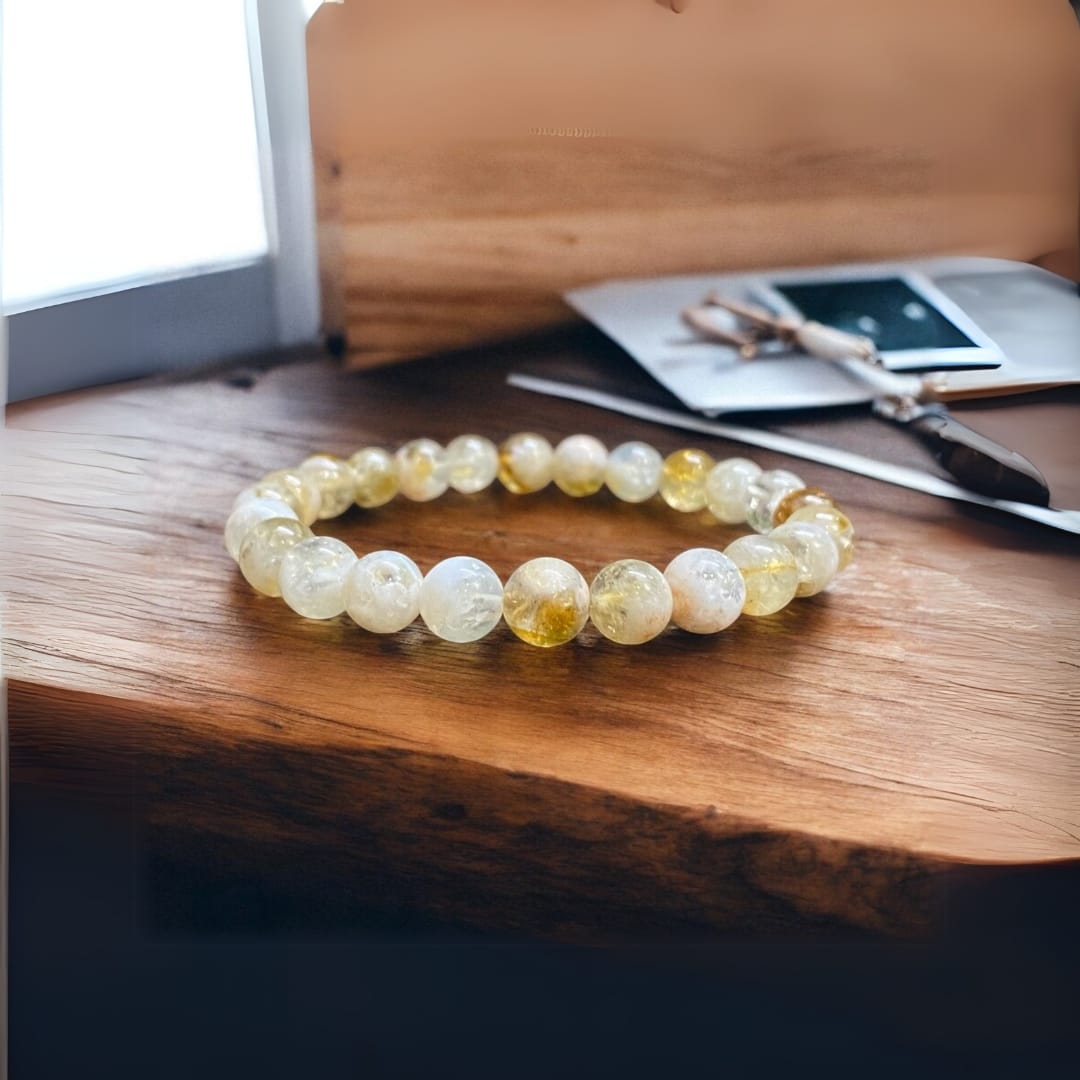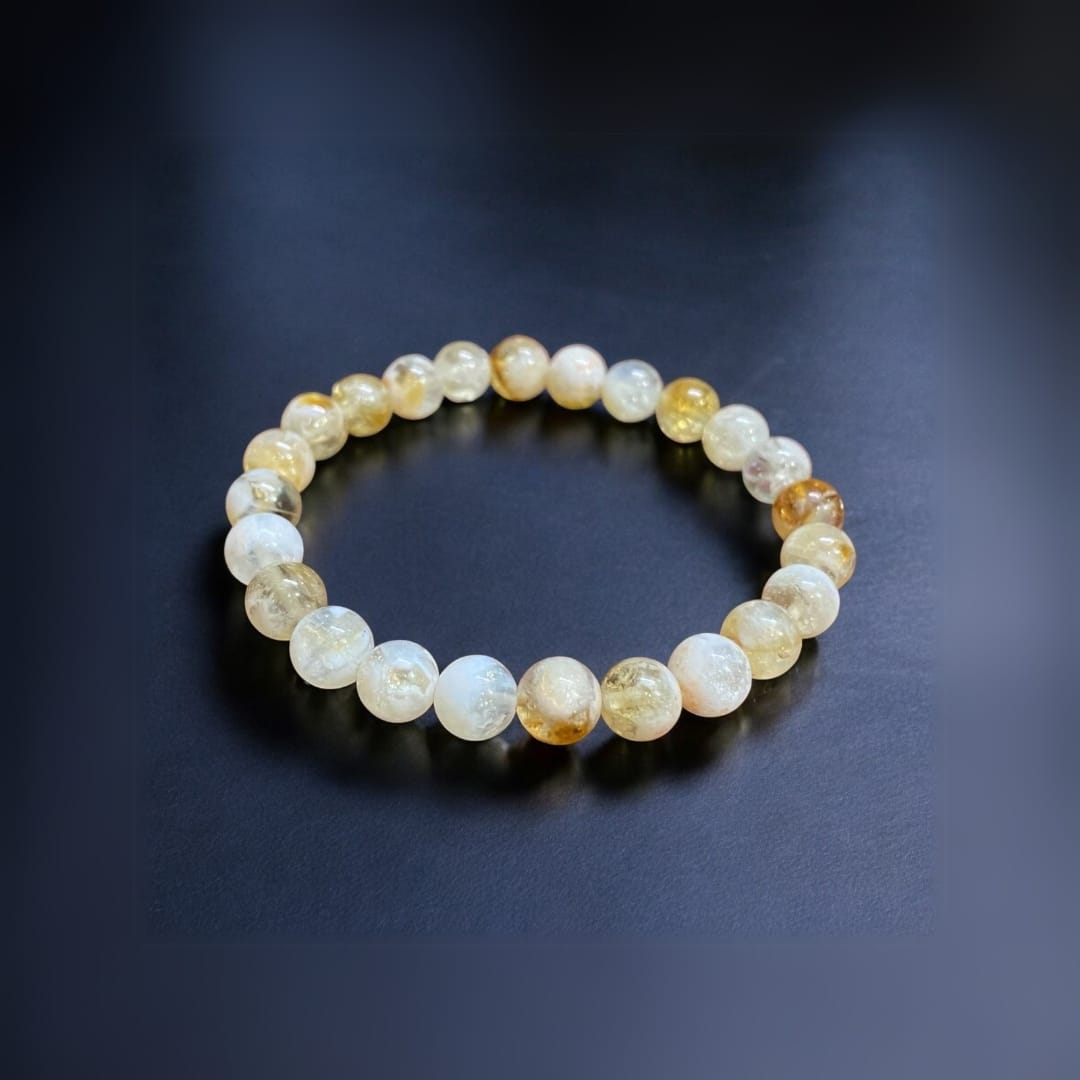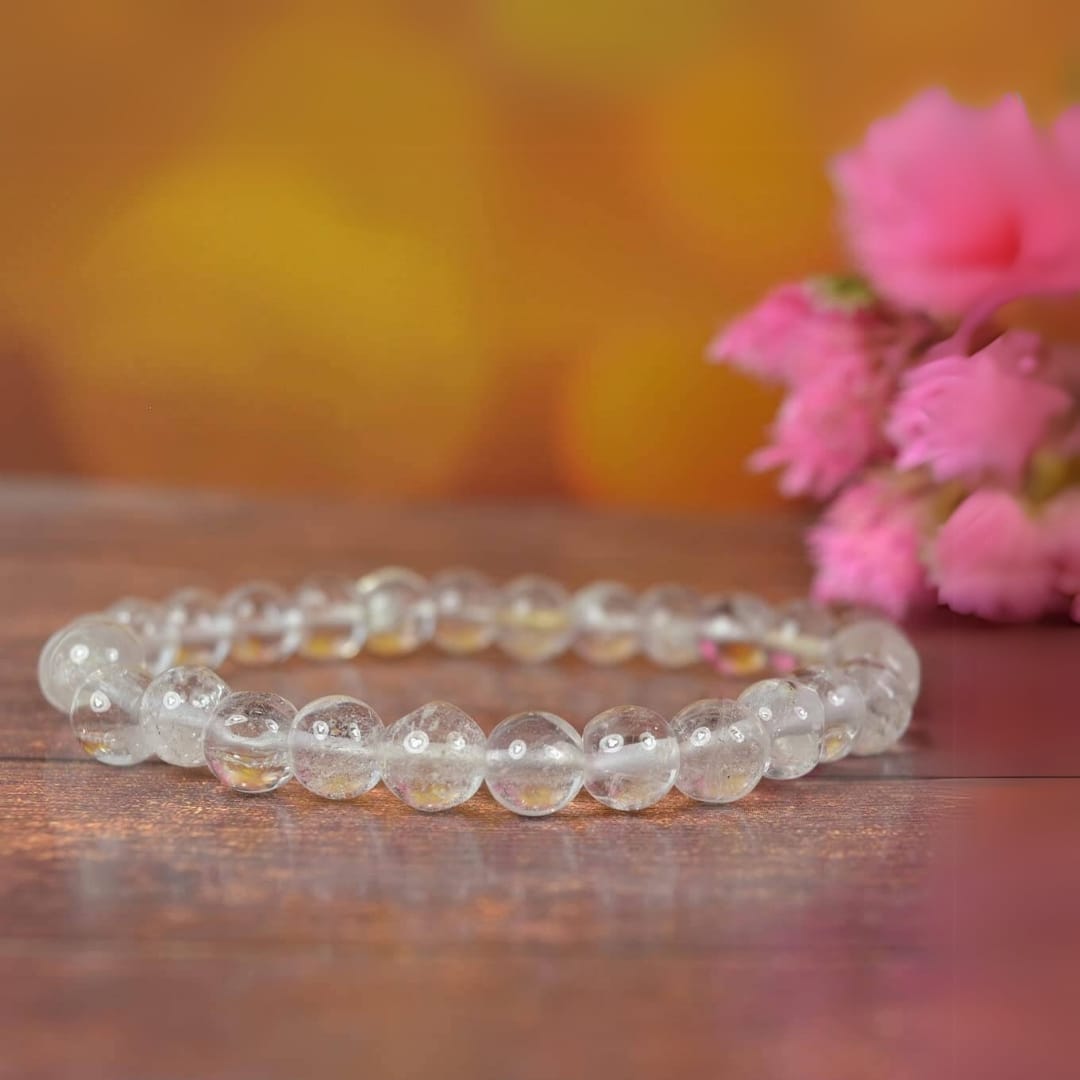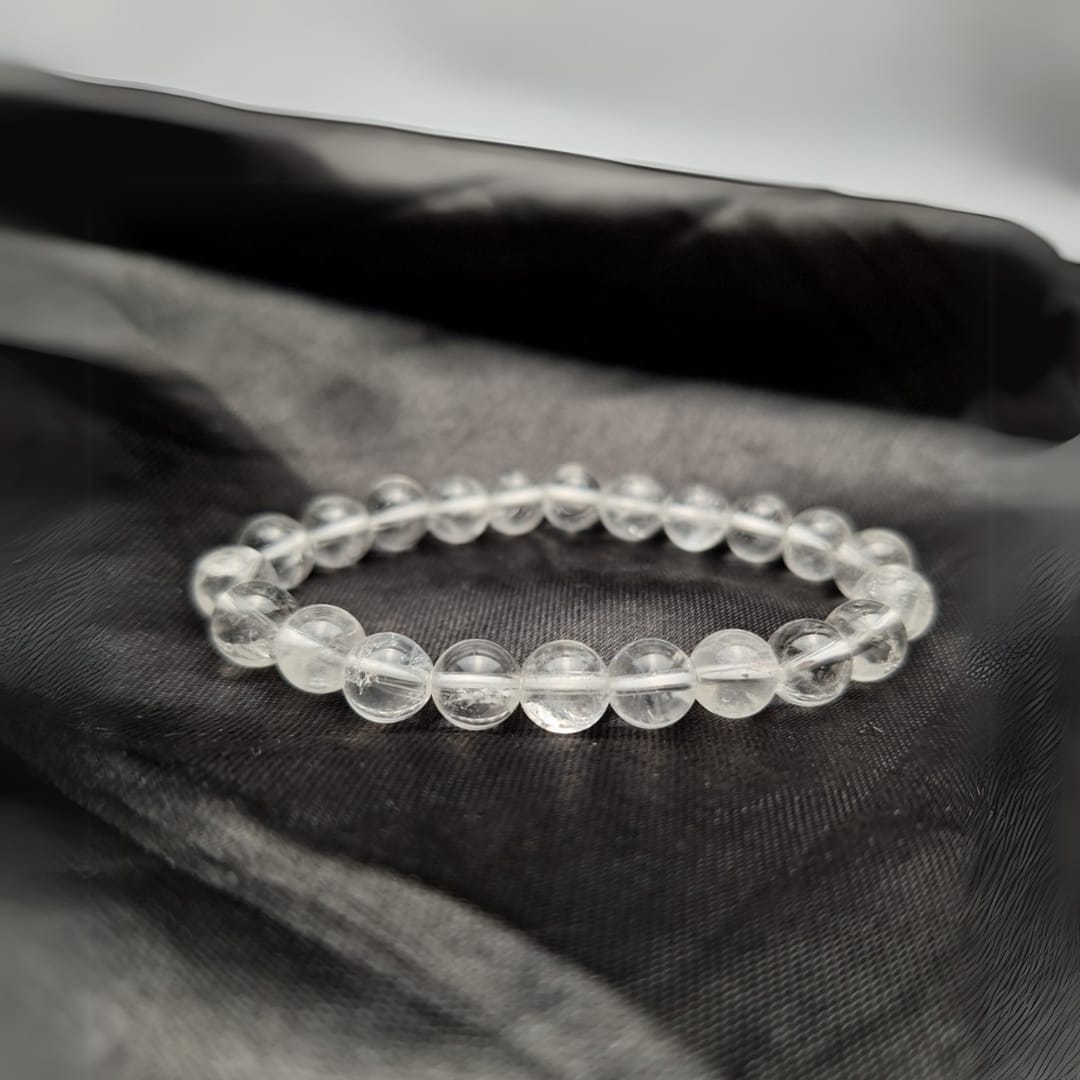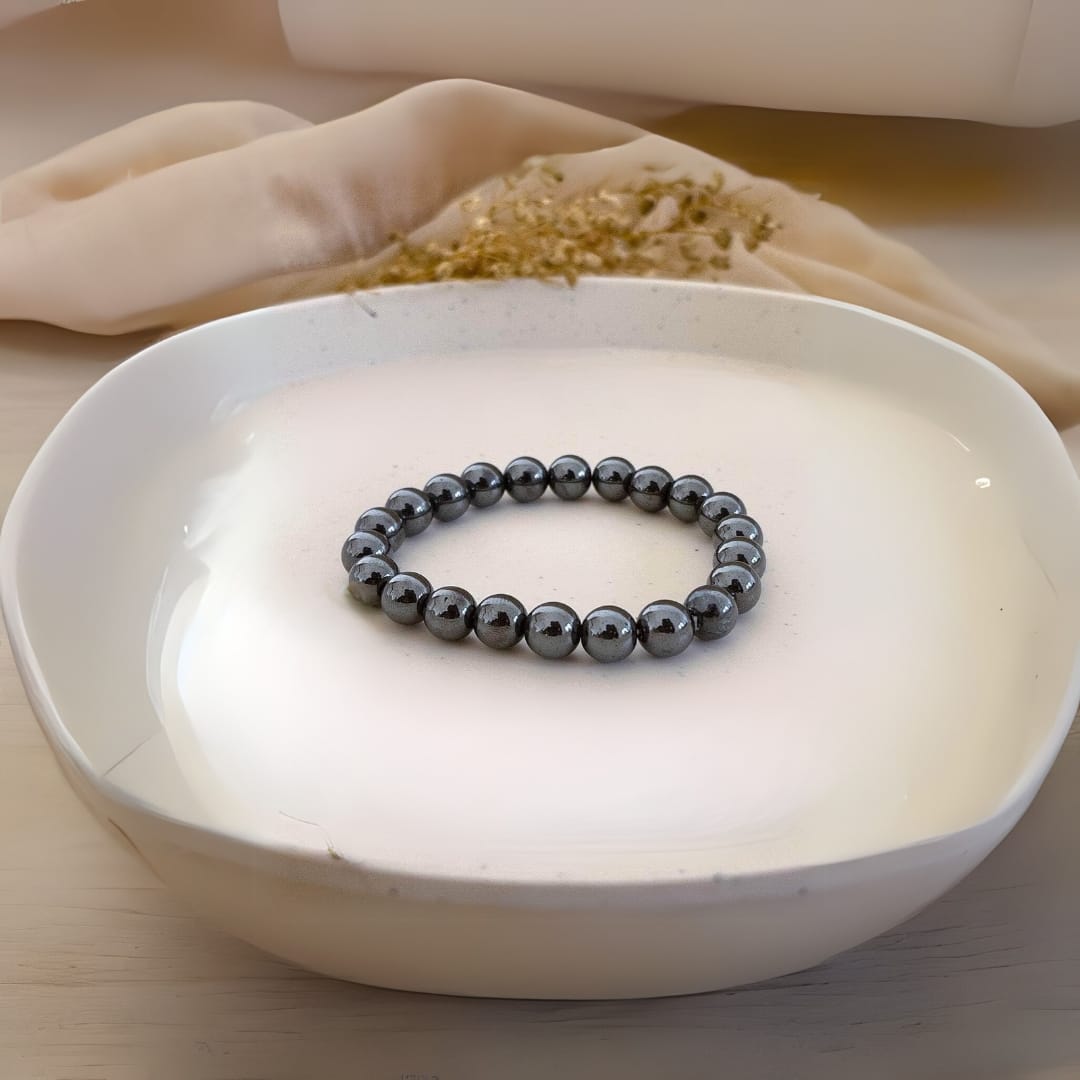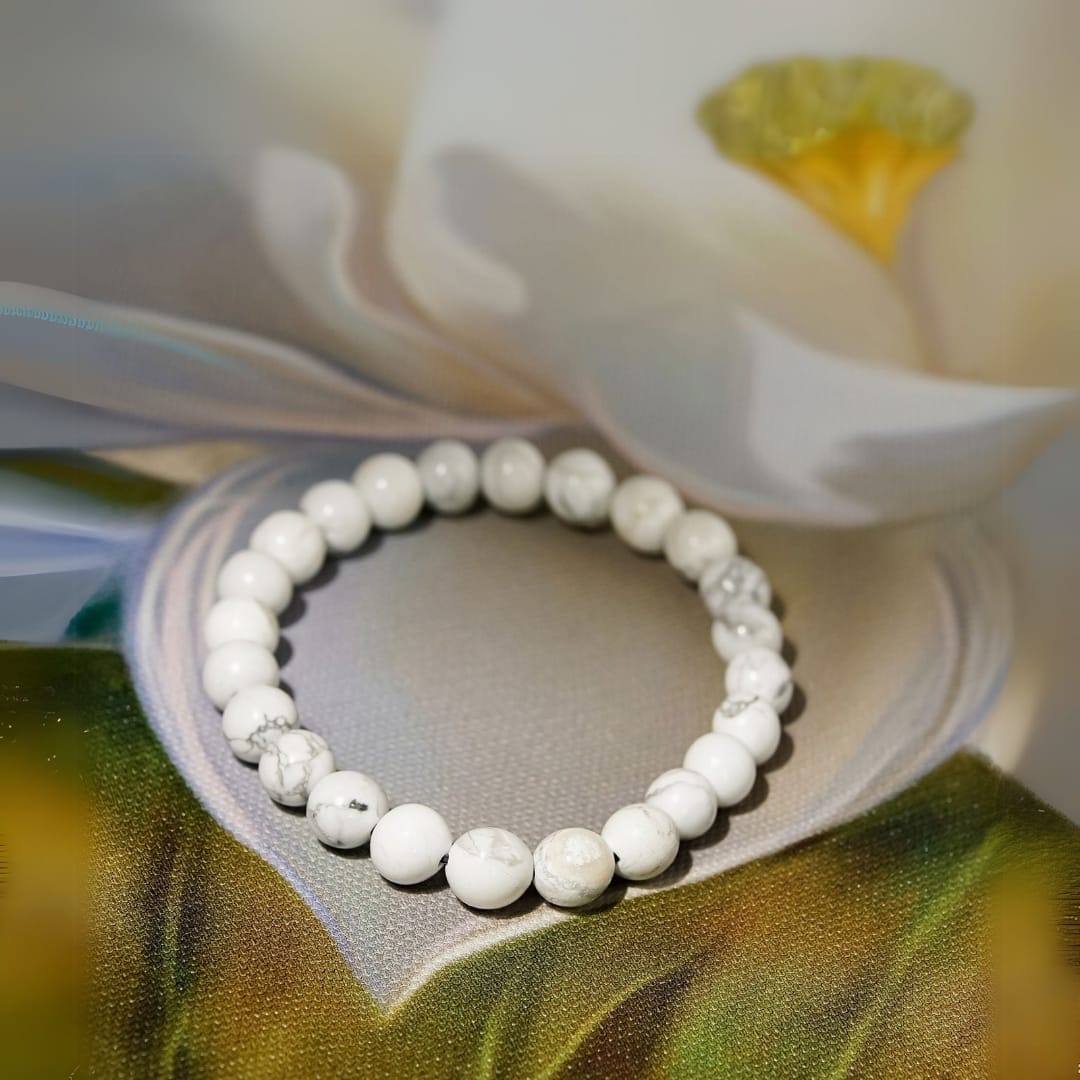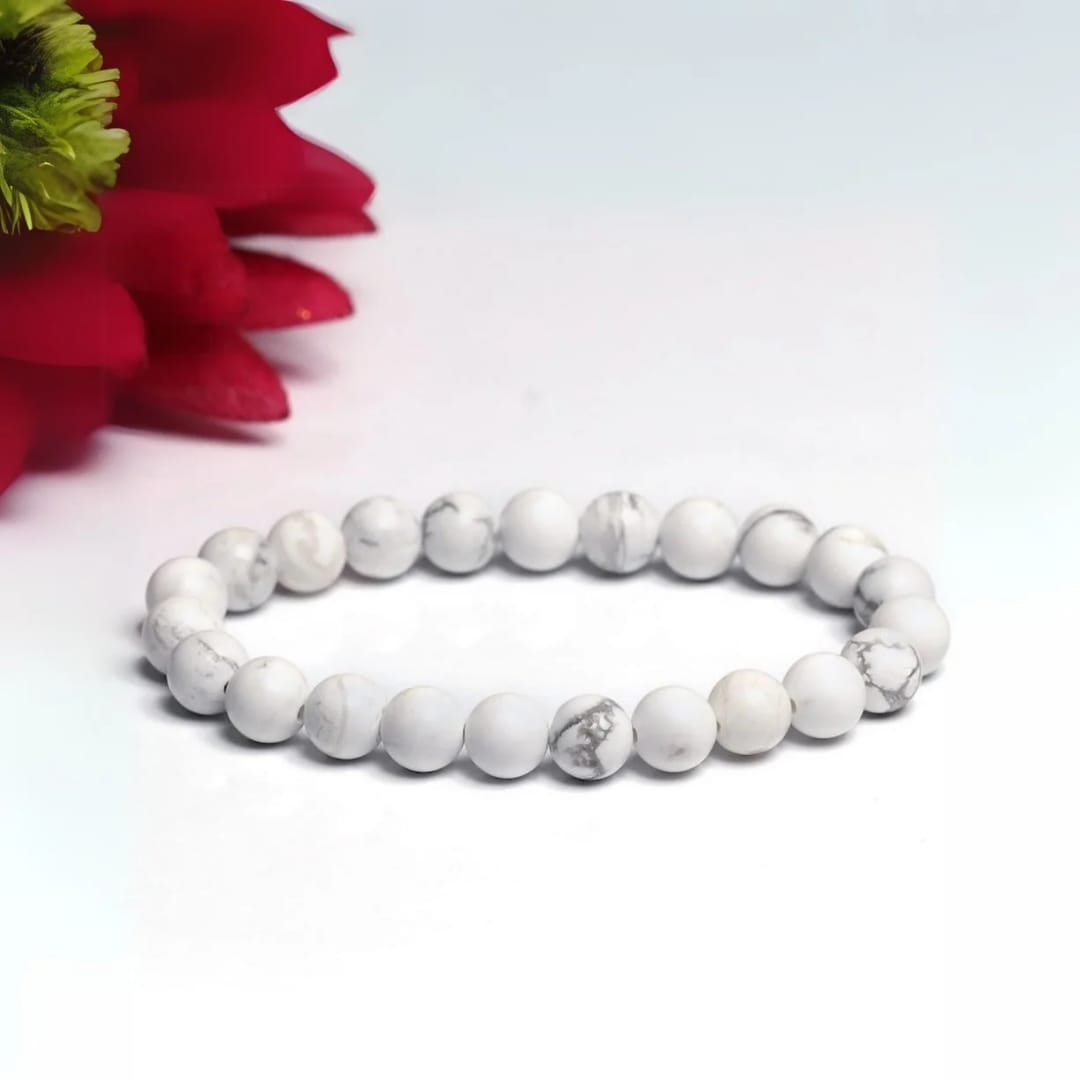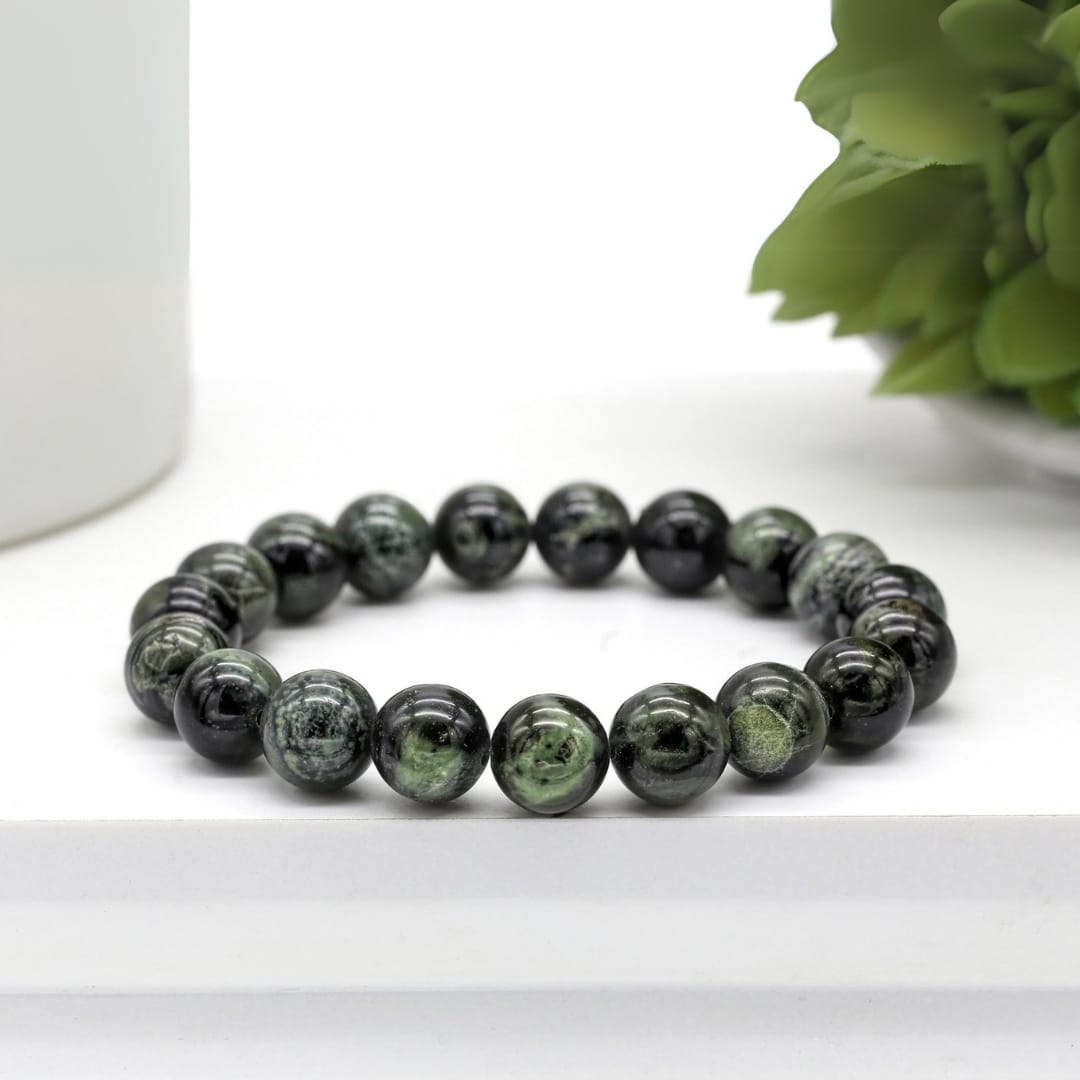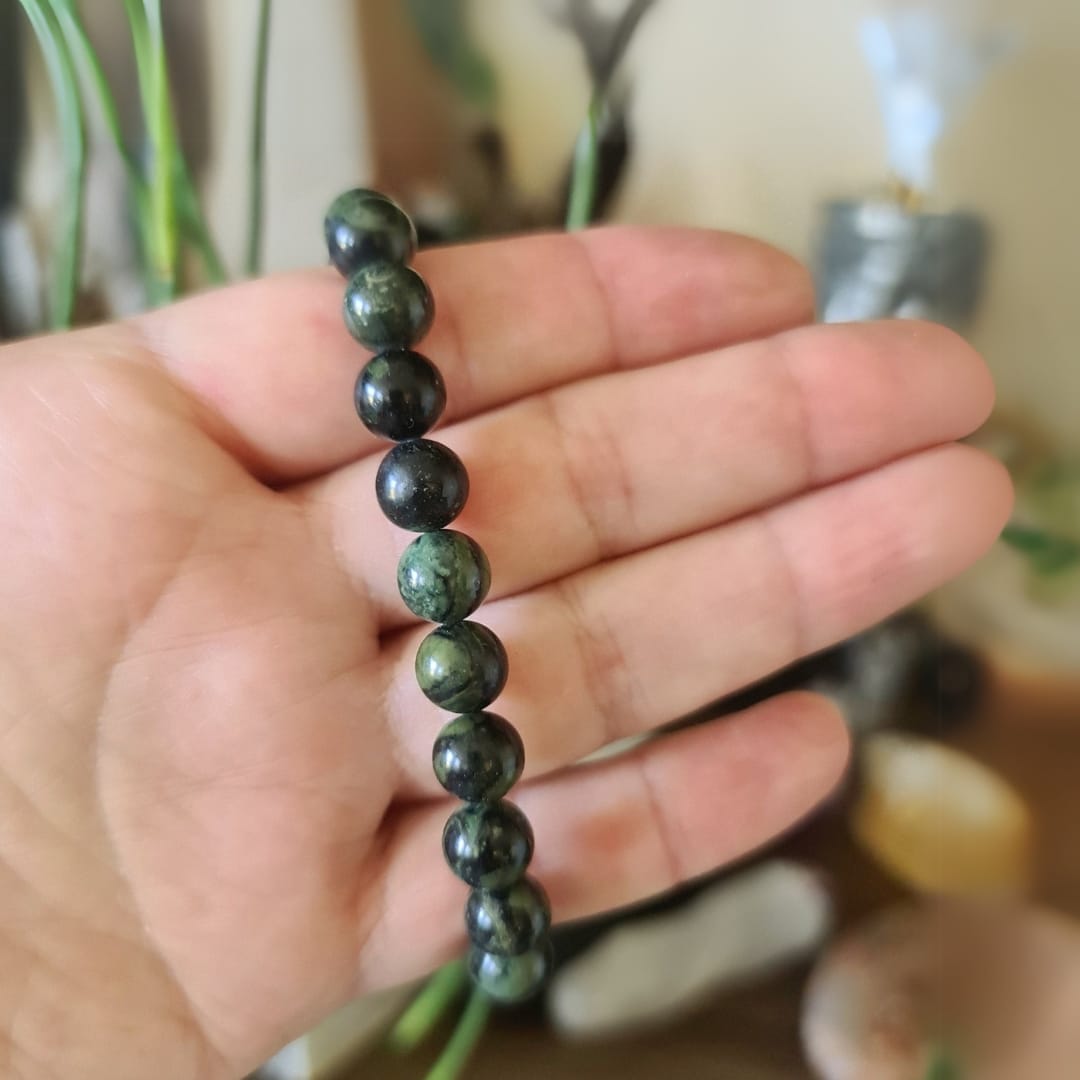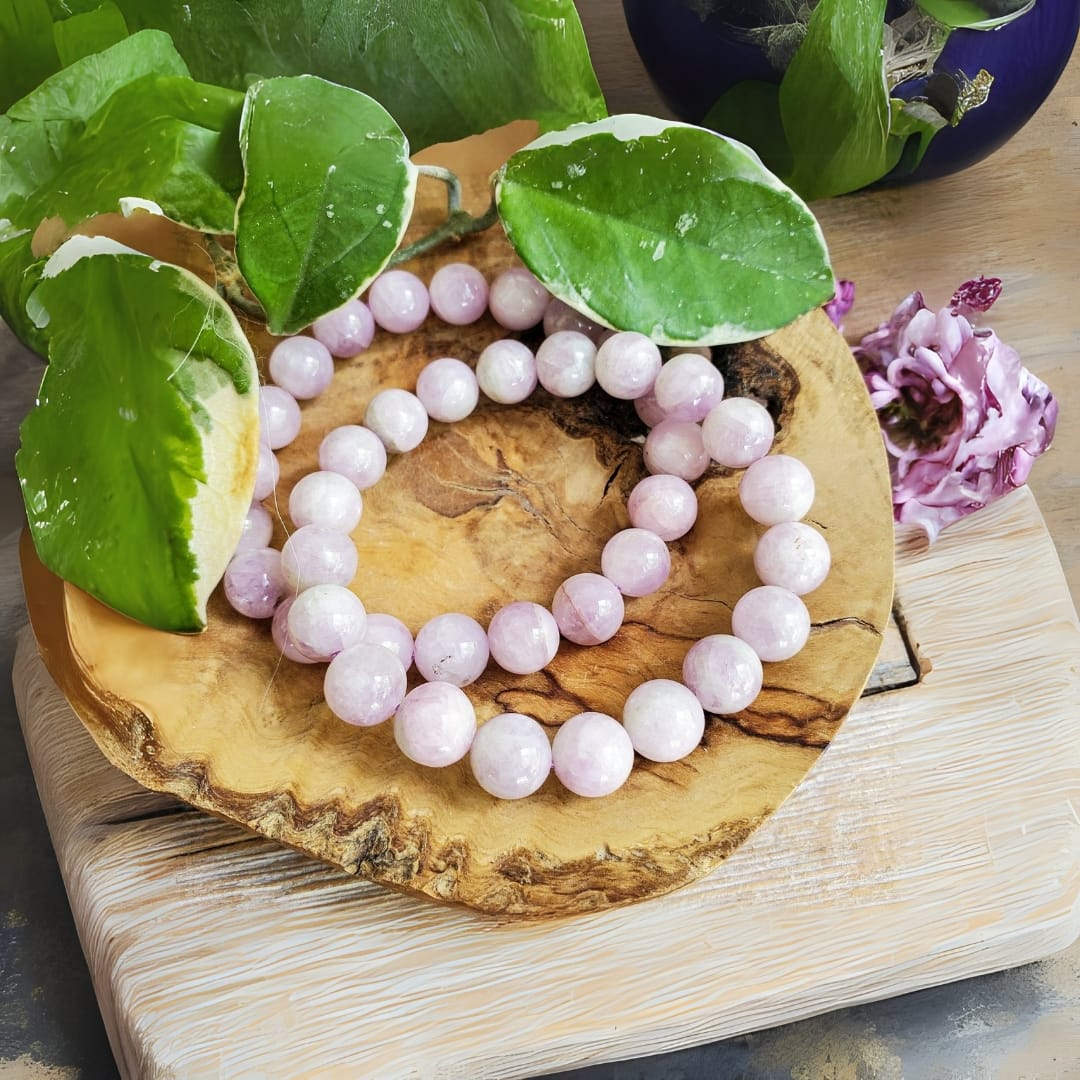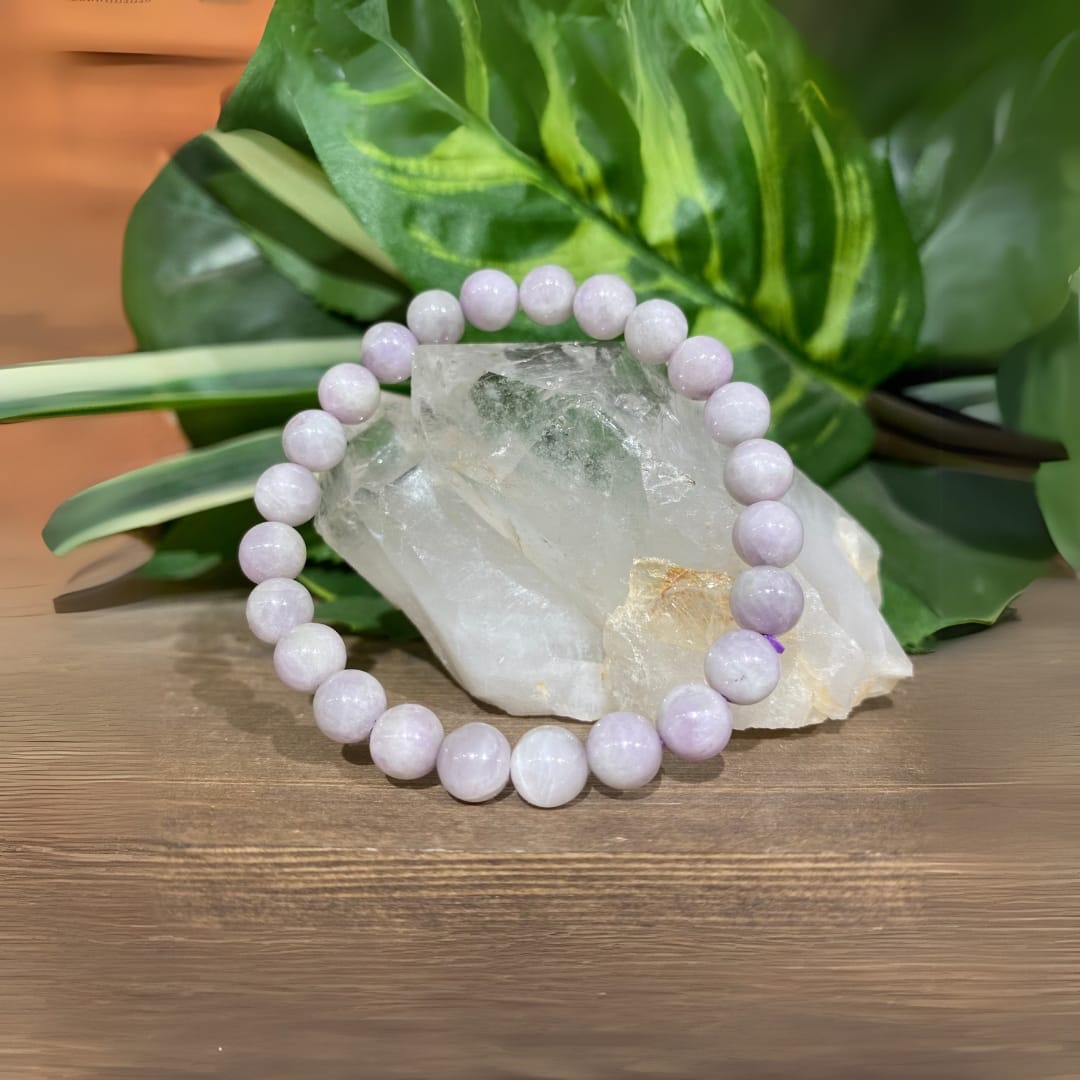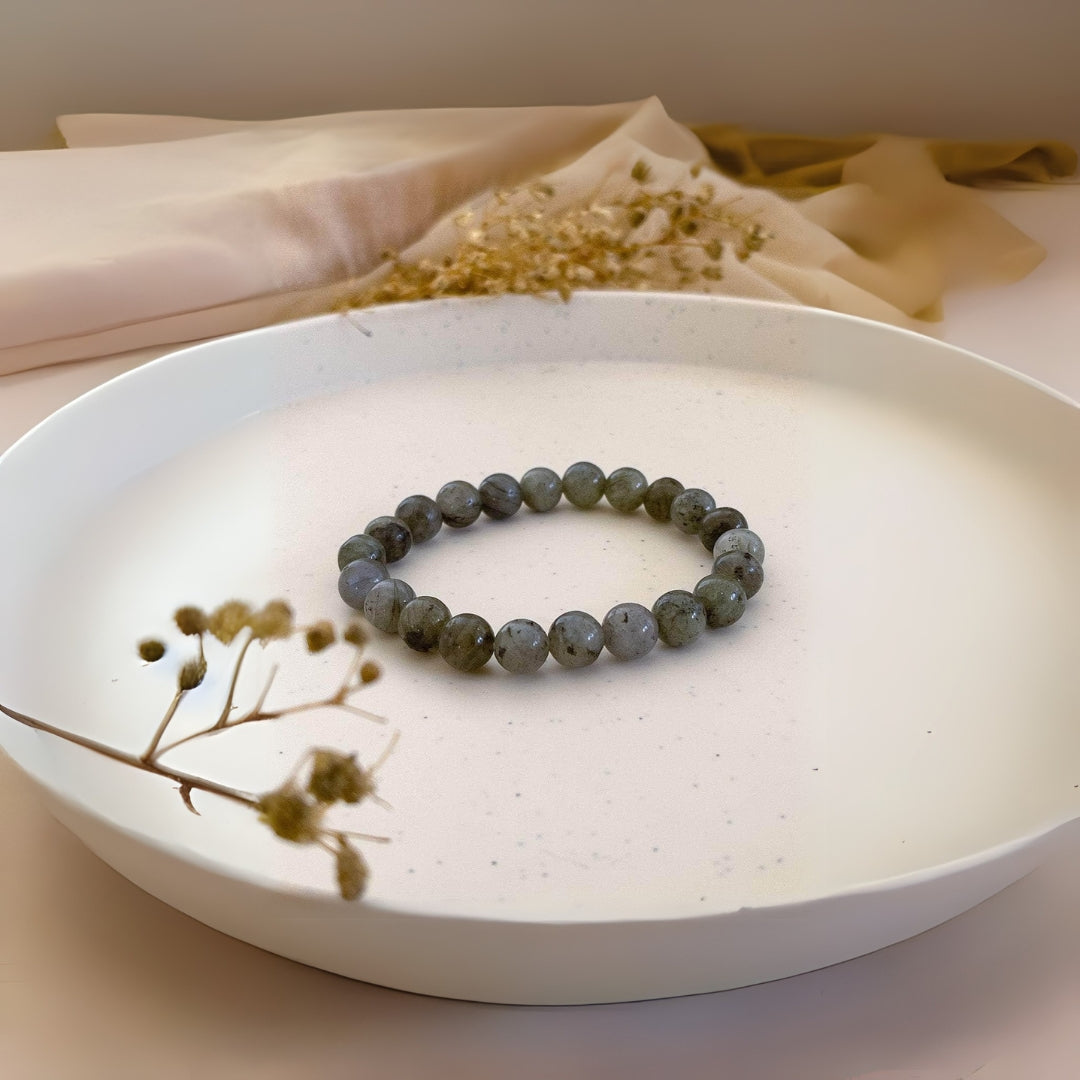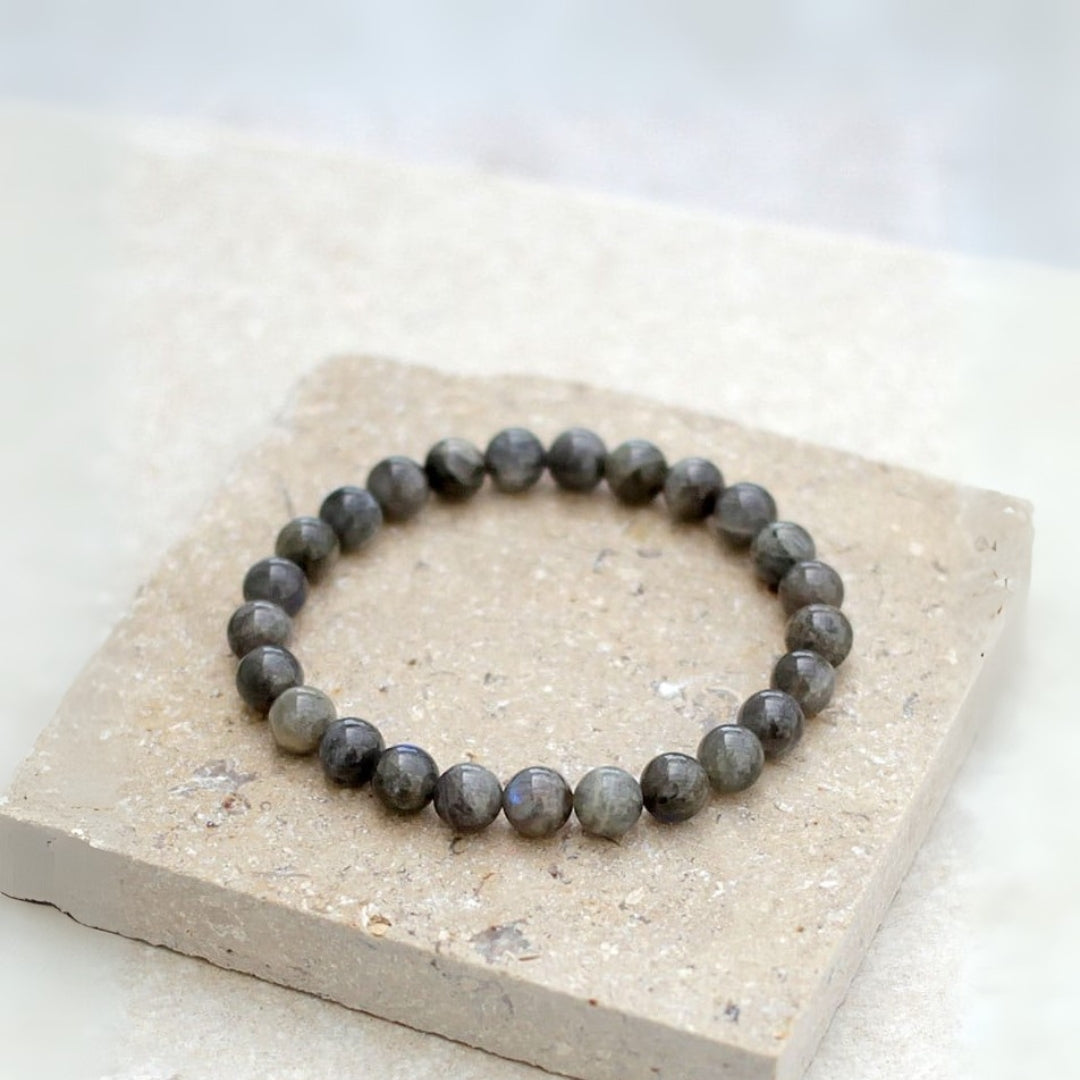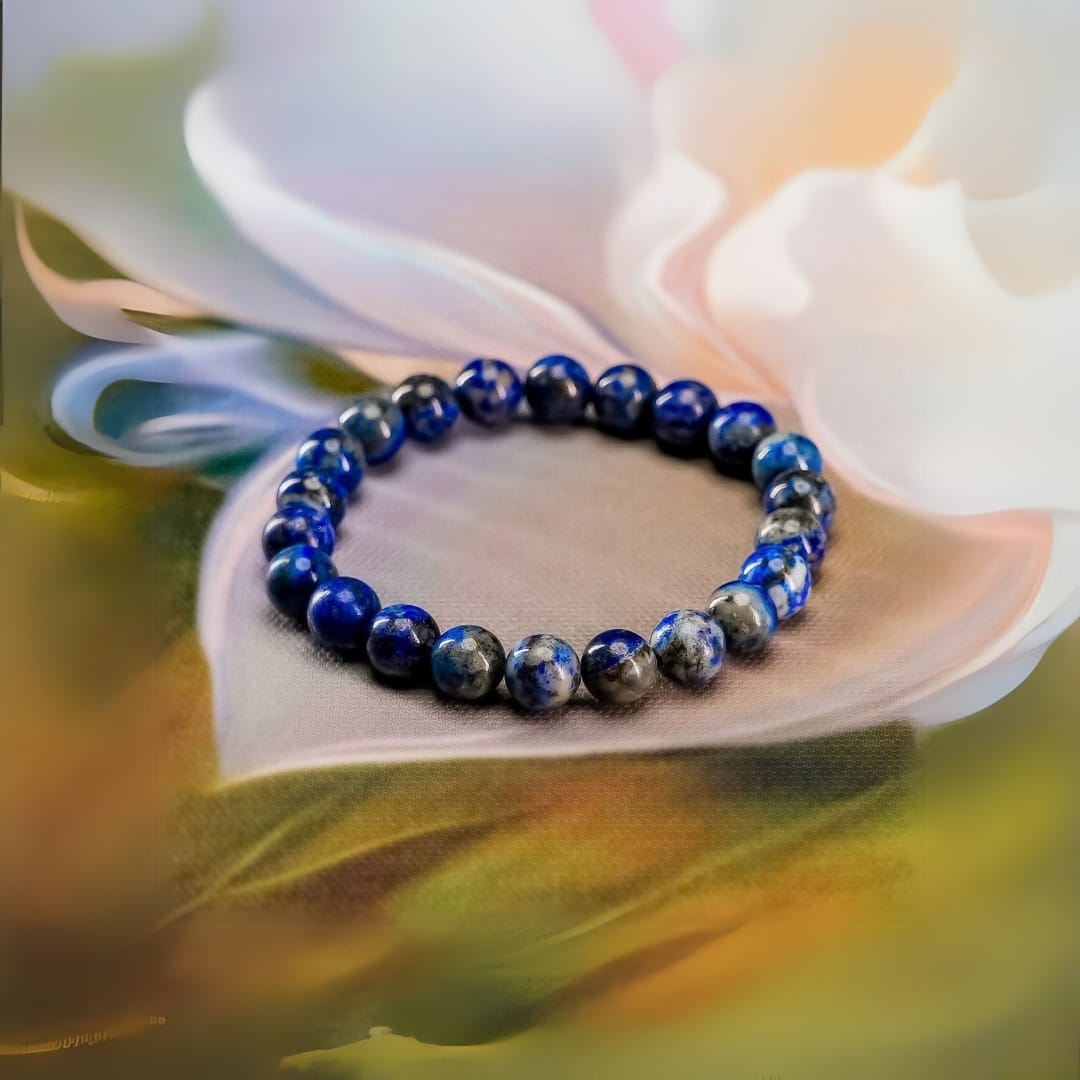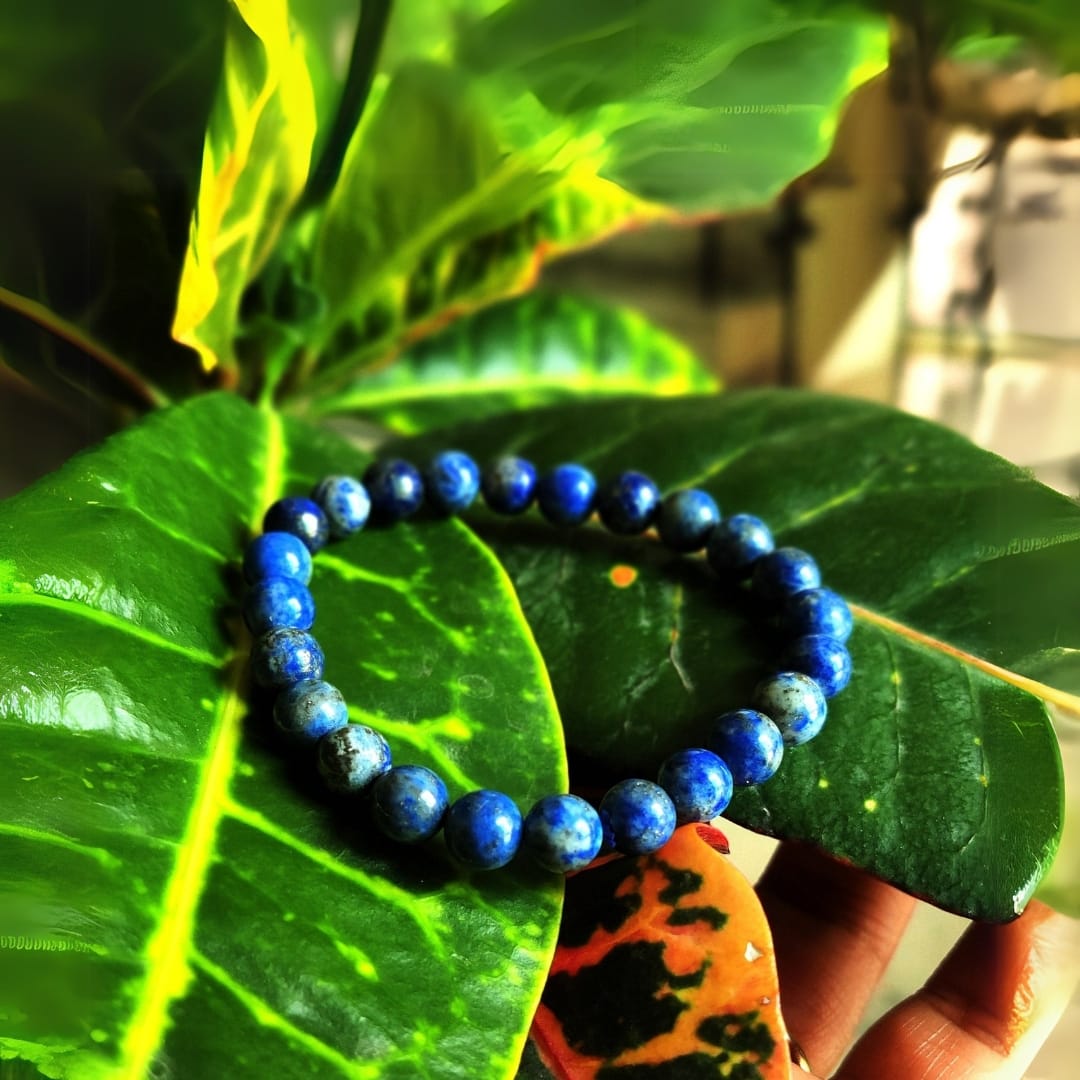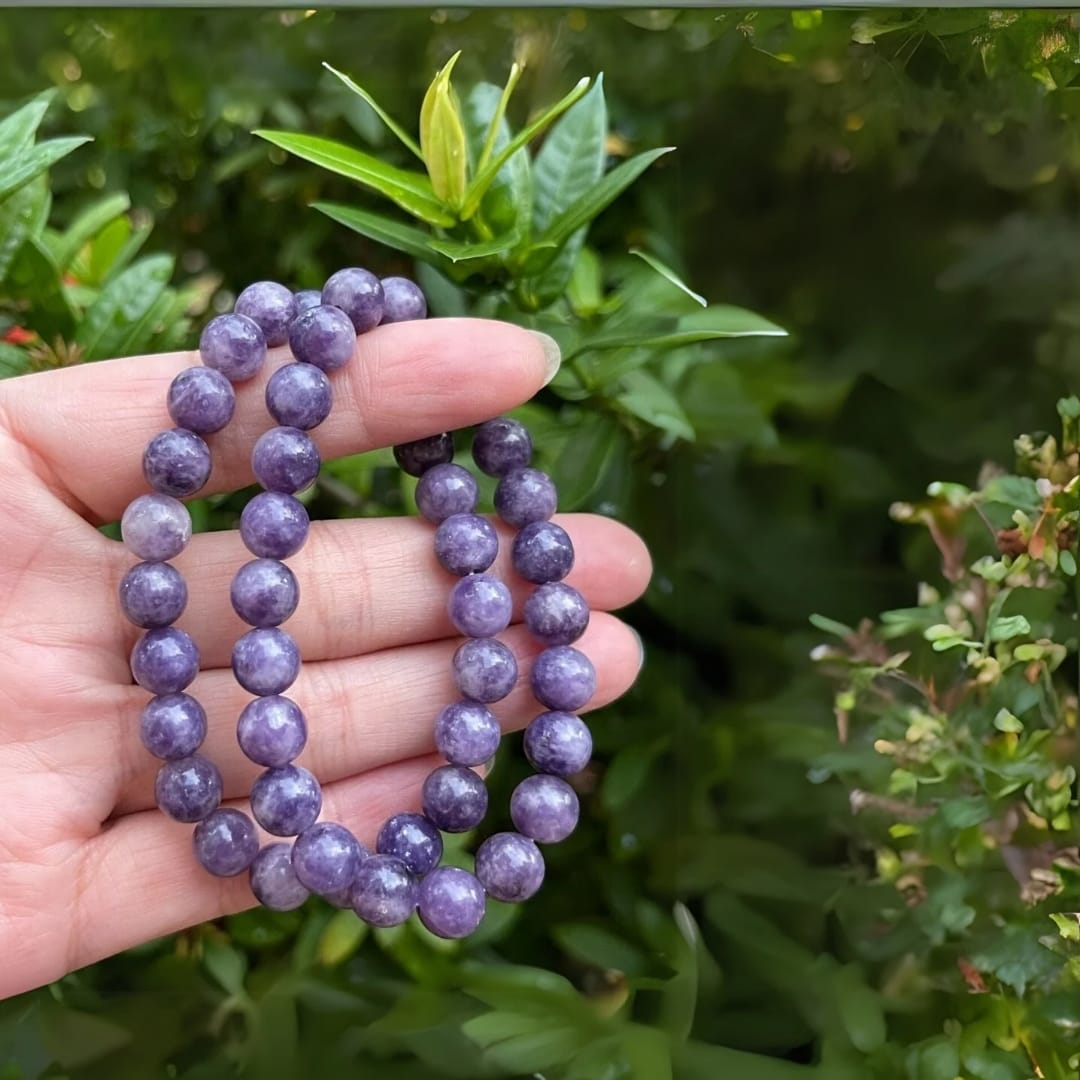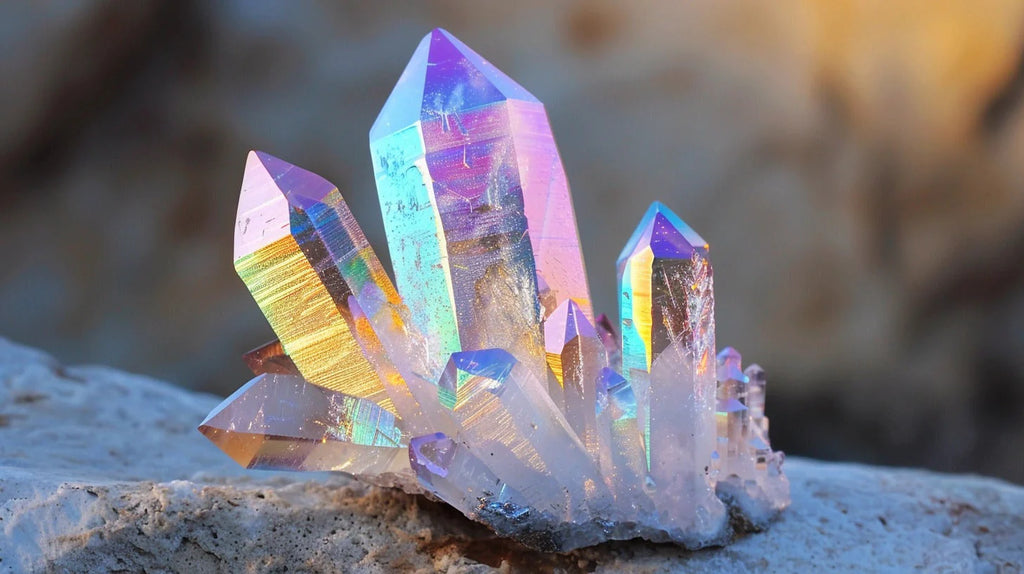
What are the different type of crystals?

Crystals are solid materials where the atoms are arranged in a highly ordered, repeating pattern, forming various shapes and structures. These structures give crystals unique physical properties that make them integral to many fields, including electronics, jewelry, and science. Let’s explore the different types of crystals in detail, each with distinct characteristics and applications.
1. Covalent Crystals
- Structure: Covalent crystals are formed through covalent bonds between atoms, creating a network where each atom shares electrons with its neighbors. This extensive bonding forms a continuous, strong lattice structure that spans the entire crystal.
- Properties: These crystals are typically very hard, have high melting points, and are usually poor conductors of electricity. They are often resistant to wear and tear due to the strength of covalent bonds.
-
Examples and Applications:
- Diamond: Made purely of carbon atoms, diamond is one of the hardest substances known. Its high durability and refractive properties make it valuable in jewelry, cutting tools, and industrial drills.
- Quartz: Composed of silicon dioxide (SiO₂), quartz is widely used in electronics, timekeeping (quartz watches), and optical applications due to its piezoelectric properties.
2. Ionic Crystals
- Structure: Ionic crystals form when atoms transfer electrons, creating positive and negative ions that attract each other and form a structured lattice. These ions are held together by strong electrostatic forces, or ionic bonds, between oppositely charged ions.
- Properties: These crystals are usually hard, brittle, and have high melting points. Ionic crystals dissolve easily in water and other polar solvents, where the ions can separate and conduct electricity in solution. However, they are poor conductors of electricity in solid form due to the immobility of ions.
-
Examples and Applications:
- Sodium Chloride (NaCl): Commonly known as table salt, sodium chloride is an essential dietary mineral and is also used in chemical production.
- Calcium Fluoride (CaF₂): Used in optics and electronics, calcium fluoride crystals have excellent transparency to ultraviolet light and are used in lenses and prisms.
3. Metallic Crystals
- Structure: In metallic crystals, metal atoms are arranged in a lattice where valence electrons are free to move throughout the structure, forming a "sea of electrons." This electron cloud allows the atoms to slide past each other without breaking, giving metals their characteristic properties.
- Properties: These crystals are typically malleable (can be hammered into sheets), ductile (can be drawn into wires), and highly conductive of electricity and heat. Their flexibility and conductivity make them ideal for structural and electrical applications.
-
Examples and Applications:
- Copper: Known for its excellent electrical conductivity, copper is widely used in electrical wiring, plumbing, and industrial machinery.
- Iron: Iron’s strength and ductility make it crucial in construction, where it is often alloyed with carbon to form steel.
4. Molecular Crystals
- Structure: Molecular crystals are made up of molecules held together by weak intermolecular forces, such as Van der Waals forces, dipole-dipole interactions, or hydrogen bonds. These forces are generally weaker than covalent or ionic bonds, leading to distinct properties.
- Properties: Due to the weak forces holding them together, molecular crystals are generally soft and have low melting and boiling points. They are usually insulators and are often volatile or prone to sublimation.
-
Examples and Applications:
- Ice: Made of water molecules (H₂O) held together by hydrogen bonds, ice is an essential part of natural ecosystems and weather phenomena.
- Solid Carbon Dioxide (Dry Ice): Used as a cooling agent and in theatrical effects, dry ice sublimates directly from a solid to a gas without melting into a liquid.
5. Liquid Crystals
- Structure: Liquid crystals are unique in that they exhibit properties of both liquids and solids. While their molecules can flow like a liquid, they also have a degree of order similar to that of solid crystals. Liquid crystals are categorized into different phases, such as nematic, smectic, and cholesteric, each with distinct molecular arrangements.
- Properties: Liquid crystals are sensitive to temperature and electric fields, making them highly useful in display technologies. They can change orientation and appearance when exposed to electric fields, allowing for control over light transmission.
-
Examples and Applications:
- Nematic Liquid Crystals: Commonly used in liquid crystal displays (LCDs) for televisions, computers, and smartphones. These crystals align uniformly in one direction, which can be manipulated with an electric field.
- Cholesteric Liquid Crystals: Known for their reflective, colorful properties, these are used in temperature sensors and thermometers, as well as in some cosmetic products for visual effects.
6. Amorphous Solids (Non-Crystalline Solids)
- Structure: Amorphous solids do not have a well-defined, repeating atomic structure. Their atoms or molecules are arranged randomly rather than in an orderly pattern, distinguishing them from traditional crystals.
- Properties: Without a regular structure, amorphous solids often lack sharp melting points and may soften over a range of temperatures. They are typically brittle and may be transparent or translucent.
-
Examples and Applications:
- Glass: Used extensively in windows, bottles, and screens, glass is a non-crystalline form of silicon dioxide with properties like transparency and chemical stability.
- Plastic: Amorphous plastics, such as polystyrene, are used in packaging, insulation, and various consumer goods due to their lightweight, moldable nature.
7. Polycrystals
- Structure: Polycrystals are made up of numerous small crystals or grains that are randomly oriented. These grains meet at boundaries within the material, affecting properties like strength and flexibility.
- Properties: Polycrystalline materials often have improved mechanical strength compared to single crystals. Grain size and arrangement can influence properties like toughness, malleability, and thermal conductivity.
-
Examples and Applications:
- Ceramics: Used in construction, electronics, and medical implants, ceramics are typically polycrystalline, providing durability and heat resistance.
- Metals (Steel): Steel is a polycrystalline material where grain structure can be modified to enhance hardness, making it suitable for use in buildings, machinery, and transportation.
Conclusion
Each type of crystal has a distinct structure and set of properties that make it useful for different purposes. Covalent and ionic crystals offer hardness and stability, metallic crystals provide conductivity and strength, and molecular crystals are lightweight and flexible. Liquid crystals revolutionize display technology, while polycrystals offer versatility in structural applications. Amorphous solids, while not true crystals, have unique applications due to their non-crystalline structures. Understanding these types allows scientists and engineers to harness their properties effectively across various fields.



